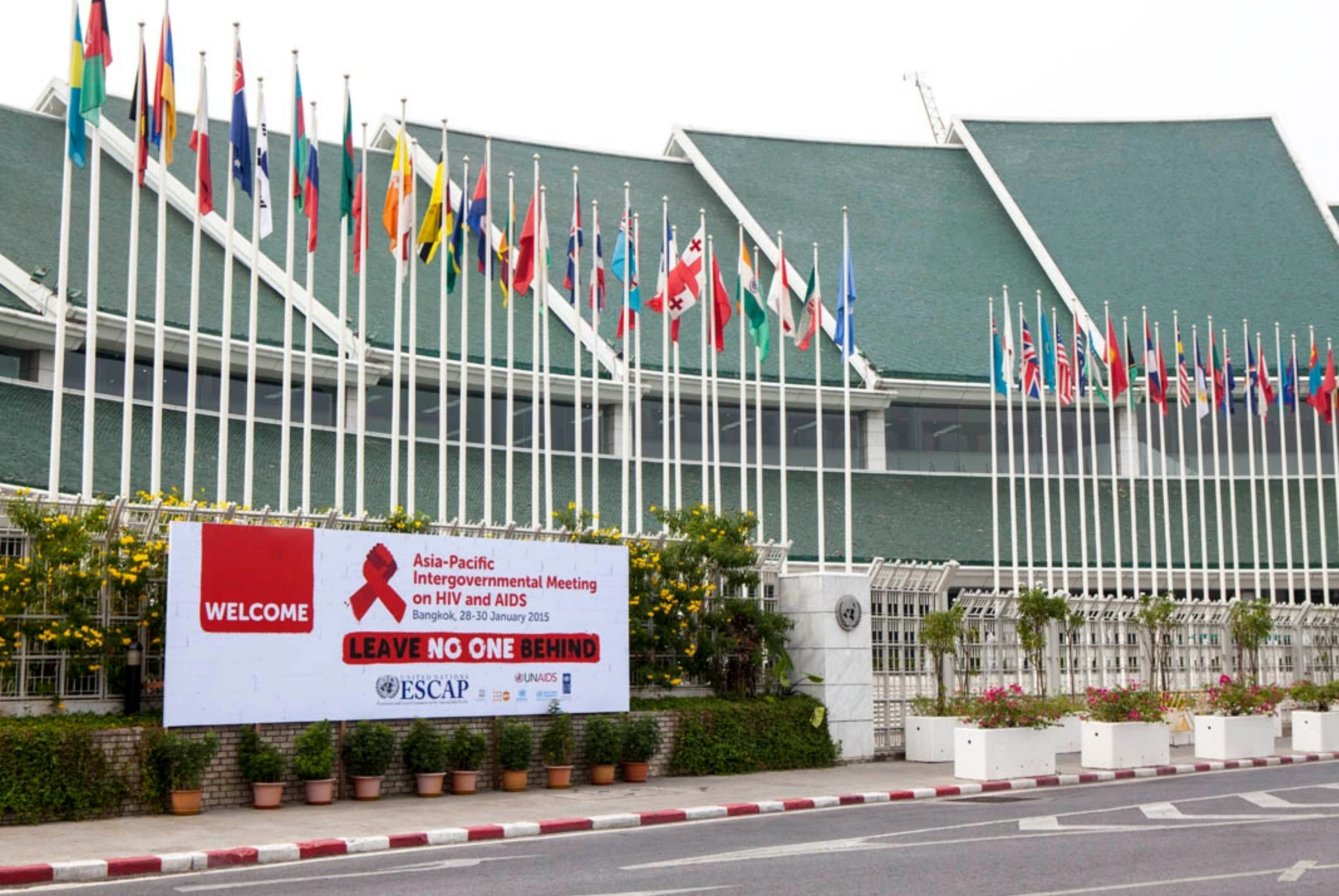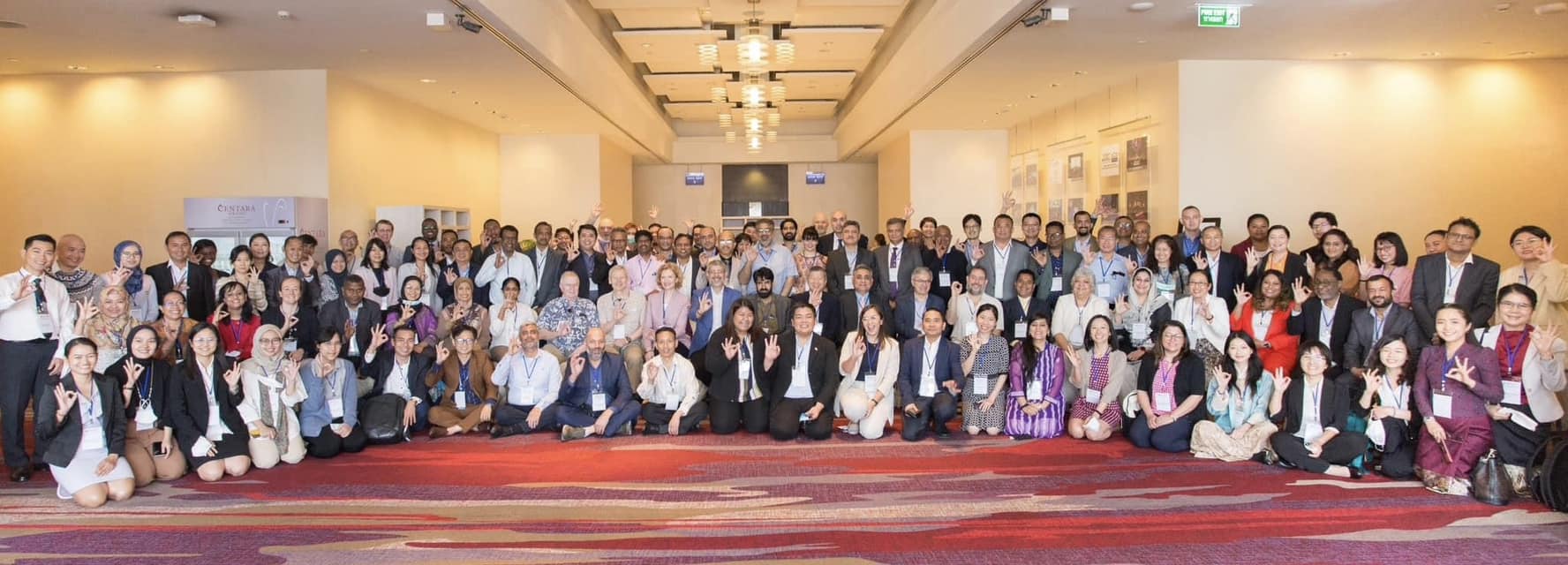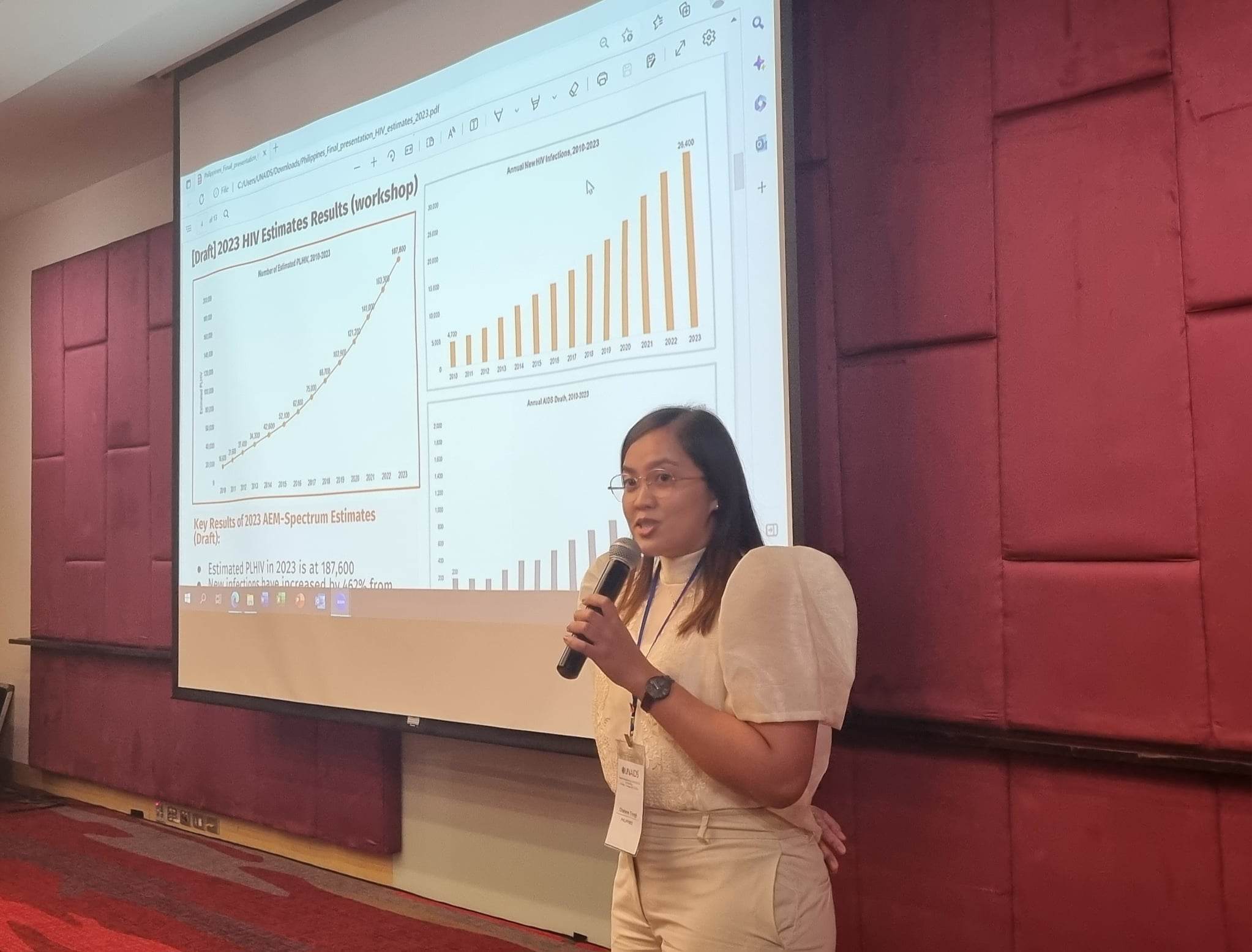Asia Pacific countries are known for their beautiful spots and innate qualities that radiate everywhere. The Philippines alone boasts initiatives for the economic state and social responsibility like better AIDS responses. In fact, according to United Nations AIDS or UNAIDS Asia Pacific, twenty-two countries in Asia and the Pacific countries received training and support to generate updated estimates of their HIV burden and antiretroviral treatment coverage.

Image: UNAIDS Asia-Pacific
The Joint United Nations Programme hosted this regional workshop on HIV/AIDS (UNAIDS) in Bangkok, Thailand, from January 30th to February 3rd. Country teams worked with facilitators over five days to apply improved models to HIV data in order to better understand their national epidemics and responses.

Image: UNAIDS
“The estimates process takes thousands of people’s work and millions of data points, boiling it down to get meaningful and helpful numbers,” said Keith Sabin, UNAIDS’ Senior Adviser on Epidemiology. “These are countries’ data, representing their people. They are now taking back these results and saying, ‘this is what we know, this is where we’ve progressed, and this is where we’re not doing enough’.”
The HIV estimates process inputs HIV surveillance data, population studies’ findings and demographic data into the Spectrum modeling software. This generates estimates of each country’s historical trend in new infections, prevalence, AIDS-related deaths and progress toward the 95-95-95 testing and treatment targets. Improvements are continually made to the software, enabling countries to produce more accurate estimates from year to year.

Image: UNAIDS
“A national AIDS response requires accurate information about the virus over time. These estimates are essential to inform target-setting for national strategic plans, monitoring AIDS responses and reporting on the Sustainable Development Goal target of ending the AIDS epidemic,” explained Otilia Scutelniciuc, UNAIDS Asia Pacific’s Strategic Information Adviser.
The process and results of the HIV estimate exercise are also key to applying for funding and progress reporting to the Global Fund, the United States President’s Emergency Plan For AIDS Relief (PEPFAR) and other donors.
“We look at it from two sides,” said Jinkou “Button” Zhao, a Global Fund Senior Specialist for Impact and Evaluation. “How can Global Fund help by investing in the systems to generate this information and have a meaningful modeling process? More importantly, Global Fund uses the outputs for different funding stages ranging from eligibility assessment to funding allocation, and also to set targets for grants. When we implement a grant, we use the data for the performance measurements.”

Image: UNAIDS
The workshop included sessions on identifying inequalities in people’s access to HIV services for further prioritization. Countries are being supported to understand better the impact that gender and age-related inequalities faced by key populations and inequalities between children and adults have had on national AIDS responses in the Asia Pacific region. This focus on inequalities is central to the 2021 – 2026 Global AIDS Strategy.
For the first time in these workshops’ history, there was also a session on how to incorporate data collected through community-led monitoring, to ensure that communities are at the center of the HIV response. The first HIV estimates workshop was convened in 2003 and has continued every year since.
Through this process, 2023 HIV estimates will be updated for the Asia-Pacific region and the rest of the world and published in July. UNAIDS will continue to work with country representatives to finalize the data over the coming months.




